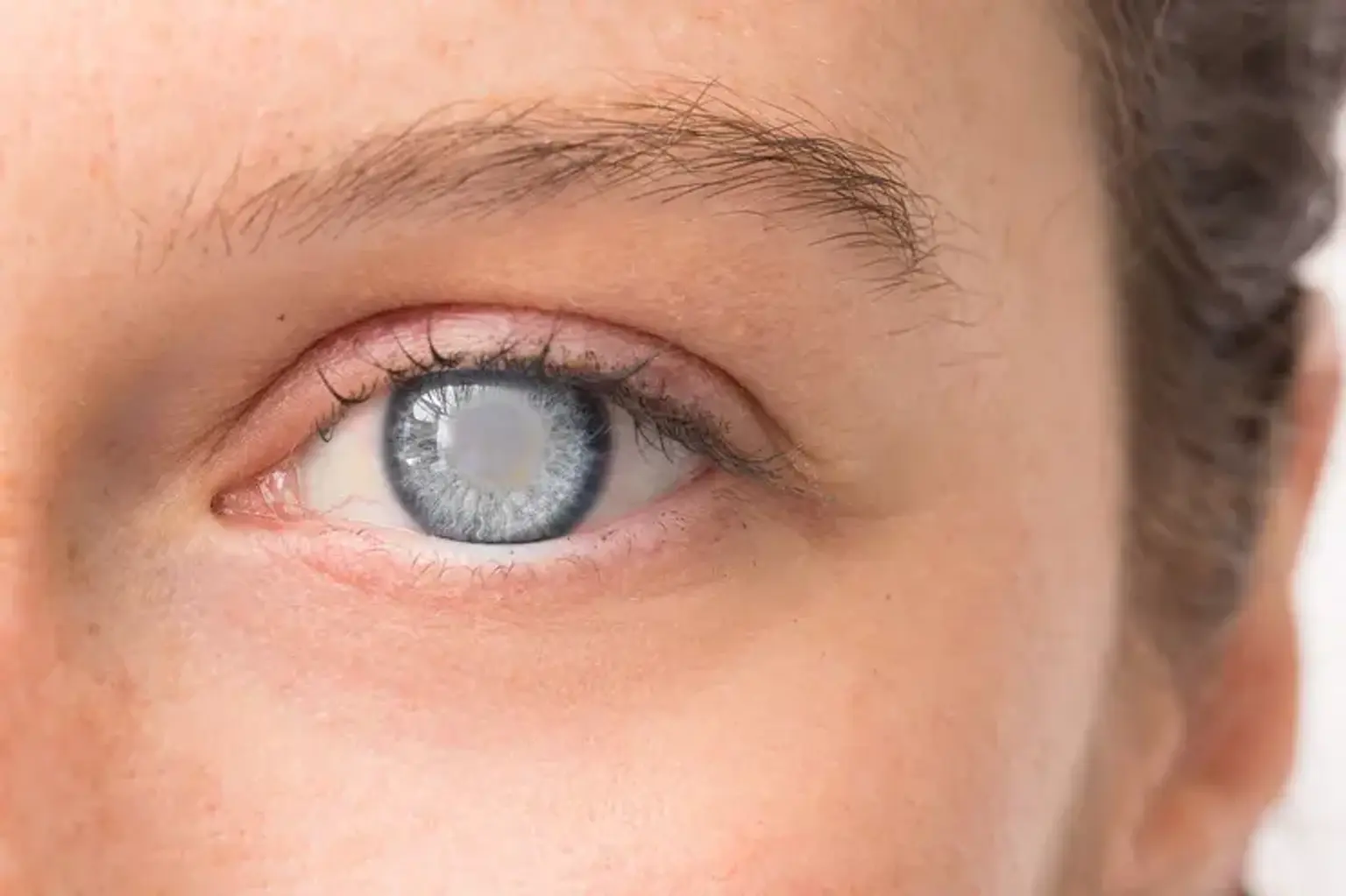Glaucoma Surgery
Overview
The optic nerve is a network of nerve fibers at the back of the eye that transmits visual messages from the retina to the brain. Glaucoma is a gradual, persistent degeneration of the visual nerve. Glaucoma is typically caused or exacerbated by intraocular pressure (pressure within the eye) that is too high for the nerve's sustained health.
Although there is no cure for glaucoma, most patients may successfully manage their disease using eye drops, laser therapy, surgery, or a combination of all three.
